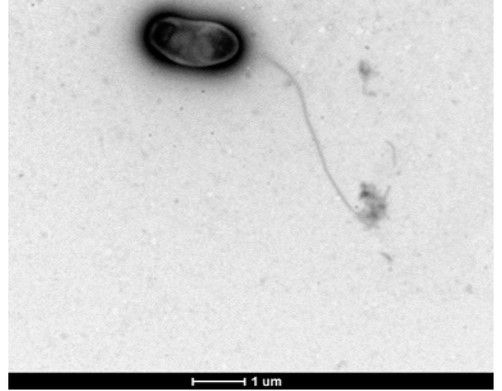The biofertilizer sector is growing at a healthy rate, with the latest figures from Mordor Intelligence showing that, “The biofertilizers market was valued at USD 1.57 billion in 2018 and is expected to witness a CAGR of 10.1% over the forecast period (2015-2024).”
While this is largely aided by market trends among consumers and farmers towards low-impact farming and the shift towards sustainably sourced food, the sector has also been given a significant boost by the number of improved biofertilizer products entering the market in recent years.
The development of new bio-products has been made possible by increased investment into the sector as fertilizer suppliers and producers attempt to fill the growing demand. This has aided research into alternatives to conventional fertilizers.
In addition to the search for profit, the need to combat climate change while feeding a growing global population has led governments and academic bodies to focus their efforts on how to feed more people with less environmental impact.
While conventional fertilizers hold only a handful of ways to increase crop yields, the range of options for biofertilizer development are far, far more diverse. With a 2016 study finding that the Earth is, “… home to upward of 1 trillion microbial species” all of which are genetically modifiable. Consequently, it is fair to say that there is plenty more analysis to be done before the perfect biofertilizer is found.

In Europe, the EU funded Horizon 2020 project has taken a lead in fertilizer research. As the EU Commission explains, “The ultimate goal of [the fertilizer-part of the] project is to lay the firm foundations for the development of biological microbial-based fertilizers which shall allow the reduction or even suppression of chemical fertilizers (dangerous for human health and environment and contributing to the climate change) while maintaining or increasing crops production.”
Some of the Horizon 2020 funding sponsored a recent study, named the BIOFERTICELLULASER project, to take a closer look at how microbes work inside plants. As project coordinator Pedro F. Mateos, explained, “Our goal was to understand the factors that drive bacterial plant growth promotion and stress-resistance induction.”
Specifically, the analysis focused on the rape seed crop Brassica napus, with the team initially identifying bacteria that were strong enough to survive inside the plant’s root system, even when in the field. They then tested the selected bacteria in the lab to see how they promoted plant growth when applied with mechanisms such as sodium and potassium solubilisation and the production of iron-chelating compounds and plant hormones.
As the EU Commission website describes, “Scientists selected the best bacterial endophytes and analysed their genome sequence. They annotated their genomes and explored the bacterial genetic machinery that potentially interacts with the plant to promote its development. Following evaluation in the field, they selected one plant growth-promoting (PGP) bacterial strain that offered significant plant growth improvement under stress conditions as well as protection against one of the most important rapeseed fungal pathogens, Leptosphaeria maculans.”

Further analysis of this particular PGP bacterial strain led to the identification of a gene that was key to boosting plant growth and resistance to biotic and abiotic stresses. From this the researchers were able to confirm the influence this bacterium had on plant growth by deleting the gene and then assessing, “… the effect on normal and saline stress conditions, greenhouse assays and pathogen resistance.”
Work is now ongoing to identify other bacterial genes to learn more about their role and interaction with plants. This will help the researchers design better fertilizers; new biofertilizers with novel approaches to tolerating stress conditions.
Specifically, for this project the, “Researchers are currently exploring the possibilities of a material transfer agreement with biofertiliser companies or a patent application by securing additional funding.”
While there is clearly still some way to go before such cutting-edge, genetically modified biofertilizers are on the market, the investment and progress made shows that there is a way beyond conventional fertilizers. A route to crop nutrition that avoids the pitfalls of eutrophication and the consumption of limited raw materials.
With the application of nitrogen fertilizers releasing nitrogen oxide gases from the soil with a greenhouse effect 300 times higher than CO2, it is a pathway that the fertilizer industry needs to follow.
The challenge of combating climate change may seem an overwhelmingly large problem. However, some of the solution may well lie in something as incredibly small as crop-friendly bacteria. With so much to gain, such research into biofertilizers must surely continue.
Photo credit: MDPI, Peggy und Marco Lachmann-Anke from Pixabay, & darrenquigley32 from Pixabay
